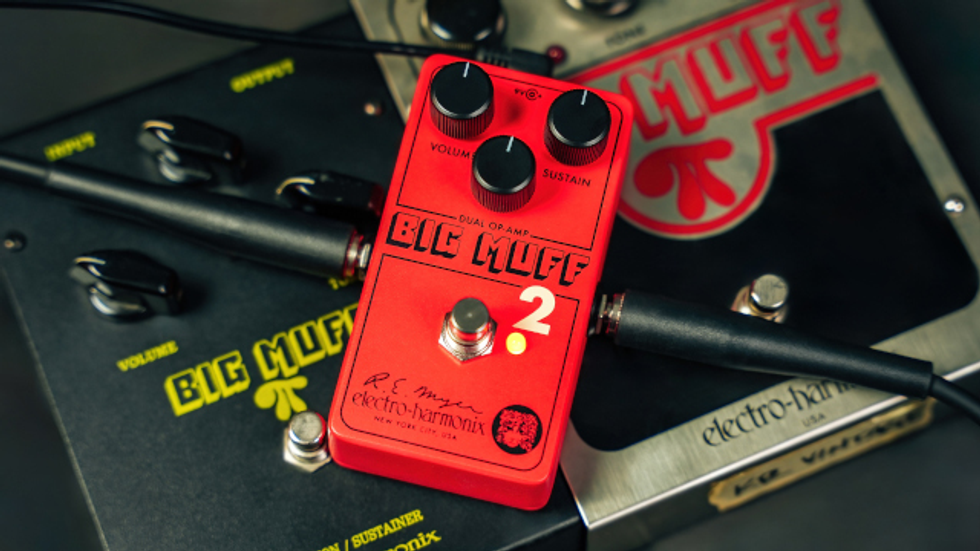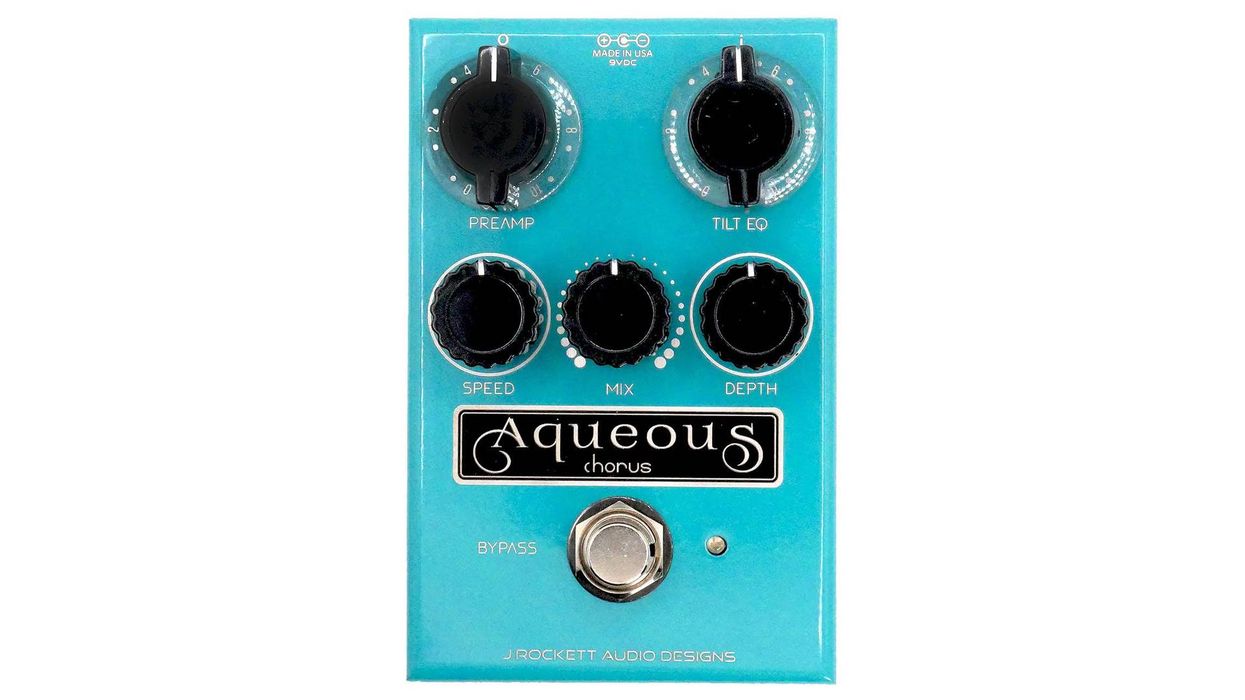Last month we left off with two questions: How do you make Fender pickups RWRP, and can you change their wind and magnet orientations? While we won’t have room in a single column to completely answer these questions, let’s begin to address them.
You may recall from our June 2007 column that Fender coils are usually wired so that the “start” of the coil wire is on the inside of the coil form, in contact with the magnets. This is true of vintage-style Fender pickups, where no molded bobbin is used. However, Fender does sometimes use a molded plastic bobbin, and most humbuckers use molded bobbins as well. A molded bobbin prevents the coil wire from coming into contact with the magnets or polepieces, as seen in the following diagram:

You can see that with the vintage bobbin, there is no isolation between the magnets and the wire, other than the insulation on the wire itself and any lacquer that may have been applied to the bobbin. On the other hand, the molded bobbin has holes through its middle for the magnets to slip into, so they are completely isolated from the coil. The benefit of this type of construction is that there is never any chance of the coil being shorted to the magnets (a short is an electrical connection).
As the first wraps of the coil wire are wrapped around the vintage-style coil form, they are forced around the end magnets, which have a fairly small radius. Forcing the wire to bend around such a tight radius can damage its insulation, and this can result in the shorting together of some of those inner wraps. This may not pose a problem. Assuming, for instance, that 20 wraps are shorted together, this has the net effect of removing 20 wraps from the coil, reducing its strength accordingly. The reason this isn’t really a problem is that the coil may have 7000 or 8000 wraps (or “turns”), so reducing this by 20 wraps is really negligible.
It should be said that the goal is not to have coil wraps shorted to each other, and most new pickups probably don’t have their inner wraps shorted, but it is not uncommon to find one that does. Pickup manufacturers try to avoid this by taking a couple of precautions, such as attempting to control the tension with which the coil is wrapped, and ordering the wire with heavier insulation.
As stated, if the coil does have some internal shorts on its inner wraps, this won’t usually be a problem, even if the human comes in contact with the coil (this would be you). You might think that you’re never in contact with the coil, and this is most likely true, but you may sometimes be unwittingly connected to the coil without your knowledge.
Imagine a situation where a pickup with vintage-style construction is internally shorted. Assume that some of the inner windings are shorted together where they wrap around the end magnets, and also assume that the bobbin was not lacquered before being wound, so the shorted portion of the coil is in direct contact with some of the magnets. In other words, the coil is internally shorted, and the magnets are shorted to the coil. If you touch these magnets with your hand, then you are connected to the coil.
You know from experience that when you touch the strings (or bridge, or jackplate) on your guitar, you hear a reduction in hum. This is because these parts are connected to ground. (The exception is EMG pickups; EMG advises to remove the bridge ground, thereby isolating the bridge and the strings from ground). So in most guitars, when the human is grounded there is a reduction in hum, resulting in a higher signal-to-noise ratio. And this is good, right? Why, yes it is.
But what if you wanted to reverse this pickup, to make it an RWRP pickup? How would you do that? Well, you would need to reverse its electrical polarity and its magnetic polarity. Many people assume that they can reverse the electrical polarity easily enough, by simply reversing the way that the leads are wired into the circuit. Instead of wiring the white lead to the switch and the black lead to ground, they would do the opposite. Reversing the magnets is another issue; we’ll come back to that part.
Unfortunately, with a coil that’s shorted to the magnets, reversing the leads is a problem because we would be connecting the shorted portion of the coil, and the magnets, to hot, not to ground. Plug a guitar cable into an amp and then grab its other end with your hand to get an idea of what it sounds like when the human touches hot; this loud hum is what you would hear whenever you touched the shorted magnets. So with a shorted coil, flipping the black and white leads is not an option.
Wait, are we out of time again? We’re right in the middle of this! No matter, we’ll pick this up again next month. ‘Til then!
George Ellison
Founder, Acme Guitar Works
acmeguitarworks.com
george@acmeguitarworks.com
302-836-5301










![Rig Rundown: Russian Circles’ Mike Sullivan [2025]](https://www.premierguitar.com/media-library/youtube.jpg?id=62303631&width=1245&height=700&quality=70&coordinates=0%2C0%2C0%2C0)










